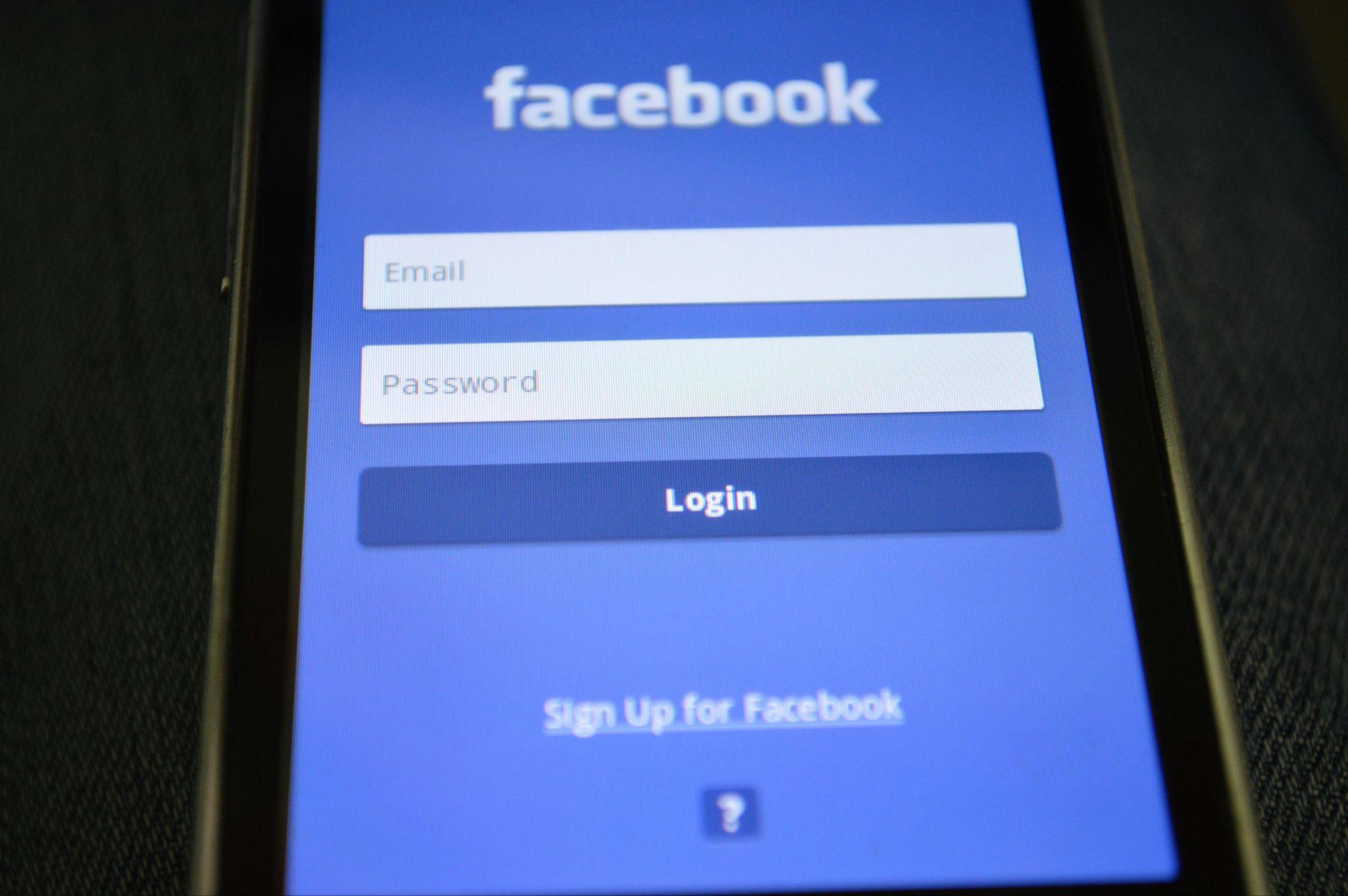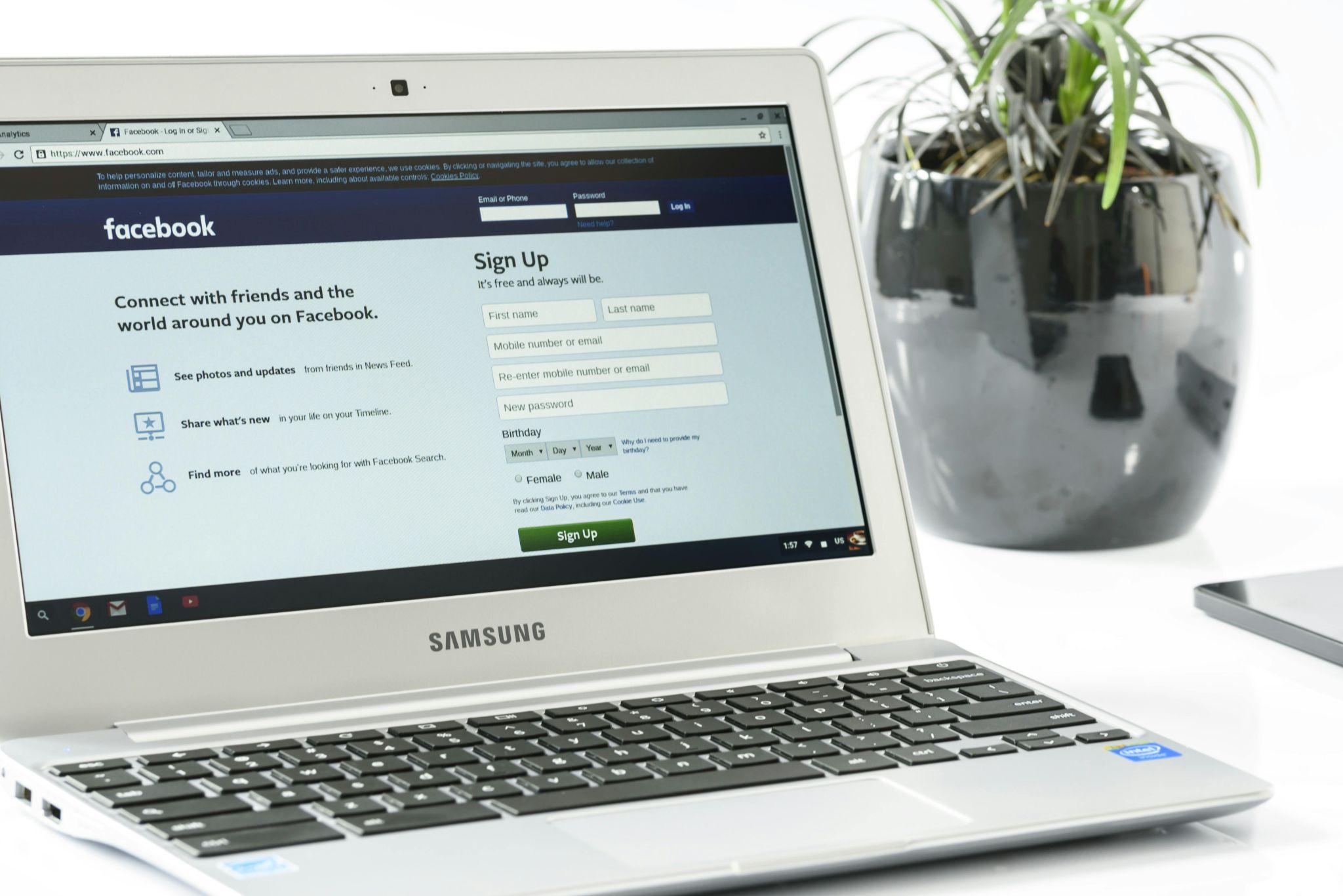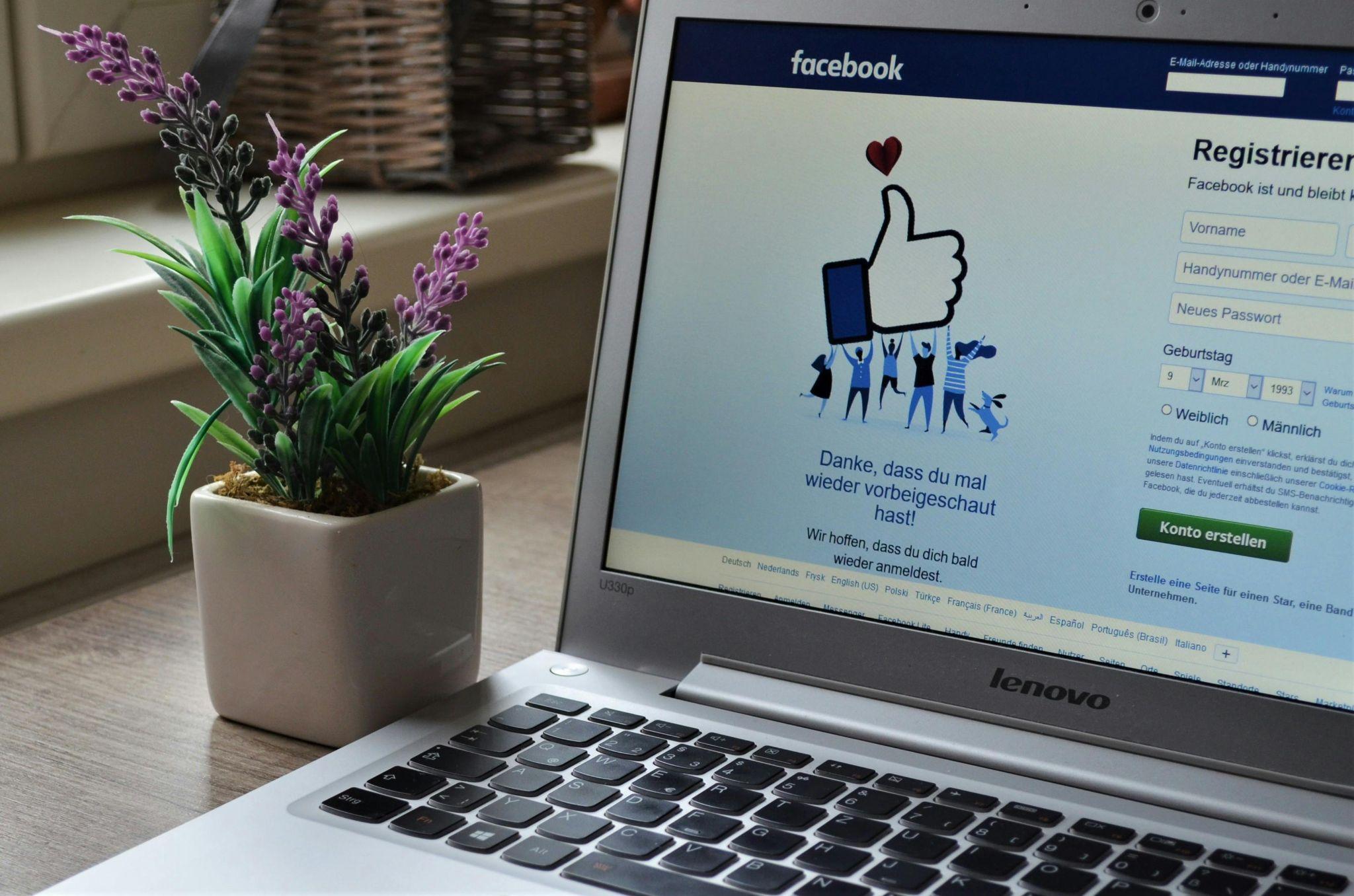Facebook remains one of the most powerful advertising platforms, with over 2.8 billion monthly active users providing businesses unprecedented access to potential customers. However, simply creating Facebook ads isn’t enough—the real challenge lies in maximizing engagement to ensure your advertising budget delivers meaningful results. When users actively engage with your content through likes, comments, shares, and clicks, your brand benefits from increased visibility, improved ad performance, and higher conversion rates.
Understanding Facebook Ad Engagement
Engagement represents the level of interaction users have with your Facebook ads. These interactions directly impact your ad’s effectiveness and provide valuable insights into how your audience perceives your content.
Importance of Engagement Metrics
High engagement rates deliver multiple benefits to advertisers:
- Algorithm Favorability: Facebook’s algorithm prioritizes content that generates user interaction, increasing your organic reach.
- Social Proof: When users see others engaging with your ad, they’re more likely to trust and engage themselves.
- Cost Efficiency: Highly engaging ads typically have lower costs-per-click, maximizing your advertising budget.
- Audience Insights: Engagement patterns reveal what resonates with your audience, informing future campaigns.
Research by Databox found that advertisements with engagement rates above 2% significantly outperform the average Facebook ad in terms of conversion rate and return on ad spend (ROAS).
Common Engagement Metrics
| Metric | Description | Significance |
|---|---|---|
| Likes/Reactions | Quick emotional responses to content | Indicates initial appeal and emotional connection |
| Comments | Written responses from users | Shows deeper interest and willingness to participate |
| Shares | Redistribution of content to personal networks | Extends reach and adds personal endorsement |
| Clicks | Users selecting your ad to learn more | Demonstrates intent and direct interest in offerings |
| Saved Posts | Users bookmarking content for later | Indicates high-value content worth revisiting |
Focusing on meaningful engagement metrics that align with your campaign objectives is crucial. For awareness campaigns, reactions and shares might be most valuable, while conversion-focused campaigns should prioritize clicks and conversions.
Crafting Compelling Ad Creatives

The visual and textual elements of your ads form the foundation of engagement potential.
Visual Elements
- High-Quality Images/Videos: Professional visuals capture attention in crowded feeds. According to Facebook, videos under 15 seconds perform best for engagement.
- Consistent Branding: Use recognizable brand elements to build familiarity and trust with repeated exposure.
- Mobile Optimization: With 98.5% of Facebook users accessing the platform via mobile devices, ensuring your visuals look great on small screens is essential.
- Visual Contrast: Use colors that stand out against Facebook’s blue and white interface to increase visibility.
A study by BuzzSumo analyzing over 100 million Facebook posts found that images showing real people generate 38% more engagement than stock photography or graphics.
Ad Copy
- Clear Messaging: Communicate your value proposition within the first 3-5 words to capture attention before users scroll past.
- Strong Call-to-Action (CTA): Use action-oriented language that creates urgency or highlights benefits.
- Personalization: Address specific user pain points or desires based on targeting parameters.
- Question Format: Posing relevant questions encourages users to engage through comments.
A Facebook advertisement’s optimal copy length depends on its objective:
| Ad Objective | Recommended Copy Length | Engagement Focus |
|---|---|---|
| Brand Awareness | 1-2 sentences | Reactions and shares |
| Consideration | 3-5 sentences | Comments and clicks |
| Conversion | Brief with strong CTA | Clicks and conversions |
Targeting the Right Audience
Even the most compelling ad will underperform if shown to the wrong audience. Facebook’s targeting capabilities allow for precise audience segmentation.
Custom Audiences
Leverage your existing customer data to create highly relevant ad experiences:
- Customer List: Upload email lists or phone numbers to target existing customers.
- Website Visitors: Retarget users who have shown interest by visiting specific pages.
- App Users: Engage people who have downloaded your app based on their activity.
- Engagement: Target users who have previously interacted with your content.
Lookalike Audiences
Expand your reach by targeting users with similar characteristics to your best customers:
- Start with a high-value seed audience (top customers, highest engagement rates)
- Set your audience size (1% lookalike represents the closest match)
- Test different percentage levels to balance reach and relevance
According to Facebook’s internal data, advertisers using lookalike audiences see an average 17% increase in engagement compared to interest-based targeting alone.
Precise Interest Targeting
When custom audiences aren’t available, target based on:
- Interests: What users follow and engage with
- Behaviors: Actions users take on and off Facebook
- Demographics: Age, location, education, and other characteristics
Remember that narrower targeting generally yields higher engagement rates but reaches fewer people. Finding the right balance is key to campaign success.
Utilizing Facebook Ad Formats

Different ad formats serve various engagement objectives. Selecting the right format for your specific goals can significantly improve performance.
Carousel Ads
Carousel ads allow you to showcase up to 10 images or videos within a single ad unit, each with its own headline, description, and link.
Engagement Benefits:
- 10 times higher click-through rates than static single-image ads
- Interactive swiping encourages active participation
- Ability to tell a comprehensive story or showcase multiple products
Best Practices:
- Place the strongest image first to encourage swiping
- Create a cohesive narrative across slides
- Use individual cards to highlight different benefits or features
Video Ads
Video continues to dominate engagement metrics across Facebook, with users spending 5x longer looking at video content compared to static images.
Engagement Benefits:
- Autoplay in feeds captures immediate attention
- Ability to convey complex messages quickly
- Higher emotional impact drives shares and comments
Best Practices:
- Capture attention in the first 3 seconds
- Add captions (85% of videos are watched without sound)
- Keep length appropriate to campaign goals (15-30 seconds for awareness, 1-2 minutes for consideration)
Collection Ads
Collection ads pair a main video or image with four smaller product images below in a grid format, creating an instant shopping experience.
Engagement Benefits:
- Seamless transition from discovery to consideration
- 53% higher conversion rates than single-image ads for e-commerce
- Immersive full-screen experience upon interaction
Implementing A/B Testing
Systematic testing is essential for improving engagement rates over time.
Elements to Test
- Visuals: Compare different images, videos, colors, and layouts
- Ad Copy: Test various headlines, body text, and tone
- CTAs: Evaluate different calls-to-action and button placements
- Audience Segments: Compare performance across different targeting parameters
Structured Testing Framework
Follow this methodical approach to A/B testing:
- Identify Objectives: Define what engagement metrics matter most
- Form Hypotheses: Create specific, testable assumptions
- Test One Variable: Change only one element per test for clear results
- Gather Sufficient Data: Allow ads to run until reaching statistical significance
- Implement Findings: Apply insights to future campaigns
Facebook’s own research indicates that advertisers who run more than 5 A/B tests per month see 21% higher engagement rates on average than those who don’t test.
Monitoring and Analyzing Performance
Regular performance analysis enables continuous optimization of engagement metrics.
Key Performance Indicators (KPIs)
| Metric | Formula | Benchmark |
|---|---|---|
| Engagement Rate | (Total Engagements ÷ Reach) × 100 | Above 1% is good, above 3% is excellent |
| Click-Through Rate | (Total Clicks ÷ Impressions) × 100 | Industry average is 0.9% across Facebook |
| Cost Per Engagement | Total Spend ÷ Total Engagements | Varies by industry, typically $0.10-$0.20 |
| Conversion Rate | (Conversions ÷ Clicks) × 100 | Average is 9.21% across industries |
Advanced Analysis Techniques
- Engagement Decay: Track how engagement changes over the ad’s lifetime
- Day/Time Performance: Identify peak engagement periods
- Creative Fatigue: Monitor when engagement begins declining due to audience saturation
- Demographic Breakdown: Analyze which audience segments engage most actively
According to research from AdEspresso, engagement rates typically peak between hours 6-9 of an ad’s lifetime before gradually declining, making regular creative refreshes essential for maintaining performance.
Practical Engagement Strategies
Beyond the fundamentals, these tactics can significantly boost engagement:
- Incorporate User-Generated Content: Ads featuring customer testimonials or user-submitted content generate up to 4x higher engagement than brand-created assets.
- Ask Questions: Posing relevant questions in your copy can increase comment rates by up to 162% according to BuzzSumo research.
- Create Time-Sensitive Offers: Limited-time promotions create urgency, driving immediate engagement and action.
- Show Social Proof: Incorporate testimonials, review scores, or user counts to build credibility and trust.
- Respond to Comments: Brands that respond to comments see 3-5% higher engagement on subsequent ads.
Conclusion
Maximizing engagement for Facebook Ads requires a multifaceted approach combining compelling creative elements, precise audience targeting, appropriate ad formats, systematic testing, and continuous performance analysis. By implementing these best practices, advertisers can create more effective campaigns that not only capture attention but drive meaningful interactions that support business objectives.
Remember that engagement isn’t just about accumulating likes or comments—it’s about fostering genuine connections with your audience that ultimately lead to lasting customer relationships. The most successful Facebook advertisers continuously refine their approach based on performance data while staying authentic to their brand voice and customer needs.
By focusing on quality over quantity and measuring the right metrics for your specific goals, you can transform your Facebook advertising from merely present to genuinely impactful.
